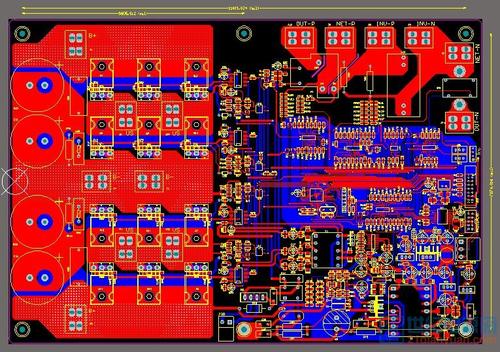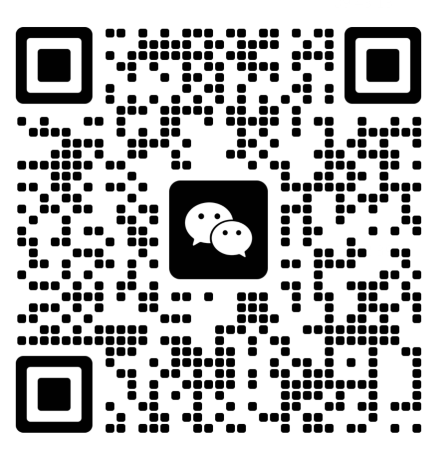 +86 755 2794 4155
+86 755 2794 4155  sales@knownpcb.com
sales@knownpcb.com
-
Shenzhen KNOWNPCB Technology Co., Ltd.
 +86 755 2794 4155
+86 755 2794 4155  sales@knownpcb.com
sales@knownpcb.com
 2024-05-21
2024-05-21
 477
477
Introduction to PCB Warpage

1、 Standards and testing methods for warpage
According to the American IPC-6012 (1996 edition) "Identification and Performance Specification for Rigid Printed Boards", the maximum allowable warpage and distortion for surface mounted printed boards is 0.75%, while other types of boards are allowed at 1.5%. This increases the requirement for surface mounted printed boards compared to IPC-RB-276 (1992 edition). At present, the allowable warpage for electronic assembly plants, whether it is double-layer or multi-layer boards, is 1.6mm thick, usually 0.70-0.75%. For many SMT and BGA boards, the requirement is 0.5%. Some factories are advocating to increase the warpage standard to 0.3%. The testing method for warpage follows GB4677, 5-84 or IPC-TM-6502422B. Place the board on a verified platform and insert the testing needle into the area with the maximum warpage. The warpage of the printed board can be calculated by dividing the diameter of the testing needle by the length of the curved edge of the printed board.
2、 Anti board warping during manufacturing process
When designing a PCB, the following precautions should be taken:
A. The arrangement of interlayer semi cured sheets should be symmetrical, for example, for a six layer board, the thickness and number of semi cured sheets between layers 1-2 and 5-6 should be consistent, otherwise it is prone to warping after lamination.
B. Multi layer core boards and semi cured sheets should use products from the same supplier.
C. The area of the circuit diagram on the outer A and B sides should be as close as possible. If side A is a large copper surface and side B only runs a few wires, this type of printed circuit board is prone to warping after etching. If the area difference between the two sides of the circuit is too large, independent grids can be added to the sparse side for balance.

Or call +86 755 2794 4155
Inquiry Now

